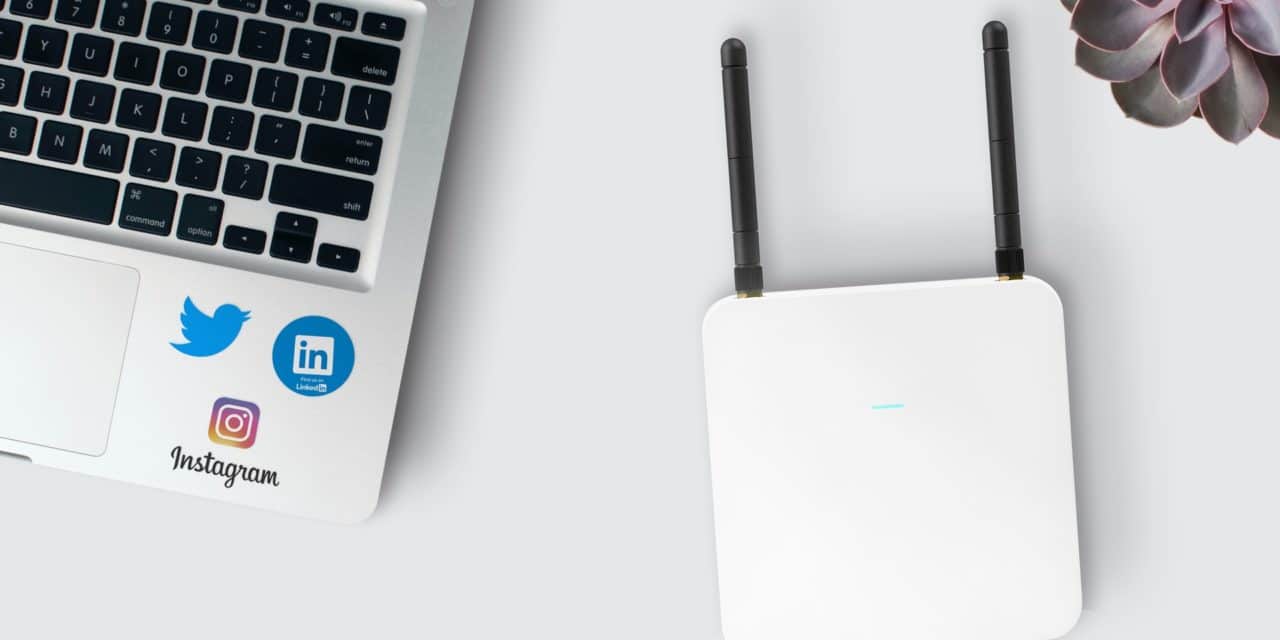[ad_1]
This is the first tutorial of IP address series. It is followed by How Internet forwards packets, Network address, Classful, and Subnetting.
Q1. Why IP address is required?
Answer: Telephones are connected to phone network to exchange voice messages. A unique phone number is assigned to every phone.
Internet is similar to telephone network. IP stands for Internet Protocol. It defines a set of rules to exchange digital messages in Internet. Computers are connected to Internet to transfer messages in smaller packets. Each computer is assigned a unique IP address. Every packet is tagged by a source address and a destination address. Internet uses destination address to forward packets to its destination. The source address is used by the destination to respond.
Q2. What is the structure of IP address?
Answer: It contains 32 bits or 4 bytes (8 bit/byte). It is usually presented as 4 decimal numbers like a.b.c.d. Each decimal is mapped to a byte. Each decimal's range is 0~255.
For example, Jack's address can be presented in two ways:
– Four decimal number 100.4.5.6, or
– A 32 bit binary number 01100100.00000100.00000101.00000110
Q3. How many IP addresses are there?
Answer: Around 4.2 billions (2^32=4,294,967,296.) It looks like a large number. but it's not. Internet addresses are in short supply. 32 bit address was designed in early 1980s called IPv4. The newer one is called IPv6 with 128 bits address.
Q4. What is Internet?
Answer: A simplified definition is that Internet is a collection of routers that connects computers and provides inter-computer communication services. Use Google to search “Internet,” you'll find many good tutorials.
Q5. How does Internet deliver computer messages?
Answer: Internet is made of many routers. Router's job is to forward packets according to receiver's address included in packet's network headers.
[ad_2]
Source by Ishun Chang

